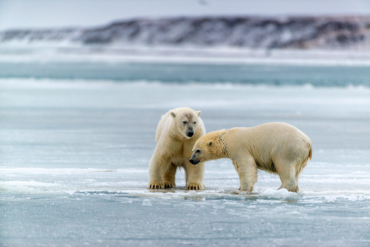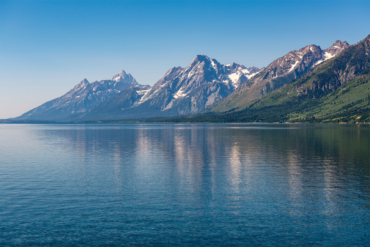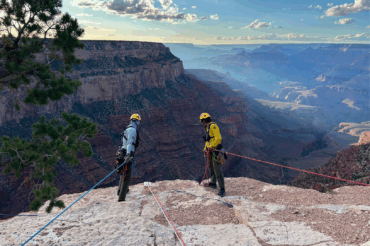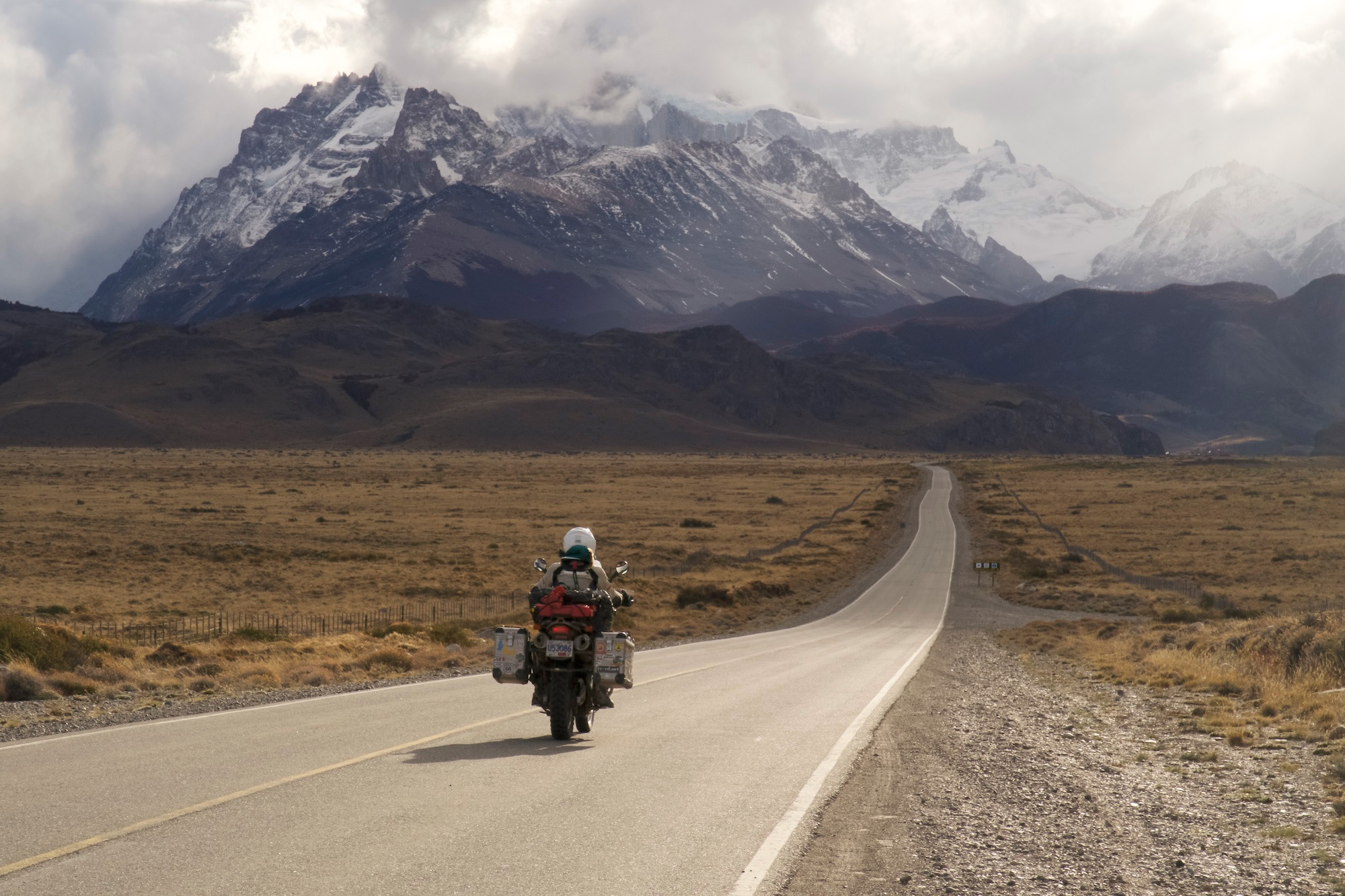Central Idaho is home to 1,400 miles of pristine starlight. And it’s now one of just 12 certified night sky ‘reserves’ worldwide.

Tucked within the rocky Sawtooth Mountains in Idaho lies a hidden paradise that comes alive at night. Far from cities large and small, this area of the U.S. is exceptionally clear and among the best places in the world to view stars.
This week, the International Dark-Sky Association (IDA) designated the Central Idaho Dark Sky Reserve, stretching from Ketchum/Sun Valley to Stanley, Idaho. The announcement protects 1,416 square miles of land, making it the third-largest Dark Sky Reserve in the world.
The latest designation comes after more than two decades of work and policy decisions from local leaders, residents, and businesses to manage and reduce light pollution.
Central Idaho Dark Sky Reserve
The IDA claims the reserve’s chief draw “is its wilderness quality.” Near the skiing destination Sun Valley and encompassing part of the Sawtooth National Forest, the area is one of the few places in the lower 48 where visitors can have a full off-grid experience.

The challenging landscape of the Sawtooth Range historically discouraged significant development, like broad-reaching electric power and artificial lights.
Accordingly, the IDA designation will combat the use of artificial light in the area. It also mandates the Forest Service to protect and preserve the natural and scenic qualities of the area.
“Today’s creation of the Central Idaho Dark Sky Reserve is a milestone in the history of IDA’s International Dark Sky Places Program,” said IDA Executive Director J. Scott Feierabend. “That such truly dark nighttime environments still exist in the United States is remarkable, but even more impressive is the effort undertaken to protect them in this case.”
International Dark-Sky Association
Founded in 1988, the IDA is a non-profit that focuses on preserving nighttime environments and promoting quality outdoor lighting. The organization works with landowners to designate and protect exceptionally starry areas.
A Dark Sky Reserve is one of many designations the IDA awards. Reserves consist of a core area that meets IDA criteria for sky quality and natural darkness. And it must have a peripheral area that supports that dark core.
The U.S. is also home to Dark Sky Parks. Like Reserves, these areas possess exceptional night skies but have no no peripheral area to buffer them. Grand Canyon National Park, Joshua Tree, and Canyonlands are some of the Dark Sky Parks in the U.S.
At the other end of the IDA spectrum are Dark Sky Sanctuaries. These are significantly more remote than Parks or Reserves. They posses few, if any, nearby threats to the quality of its dark night skies, and only three exist: Aotea / Great Barrier Island (New Zealand), Cosmic Campground (U.S.), and Gabriela Mistral (Chile).
For more information on starry skies and the nearest IDA-recognized dark sky destination near you, visit the IDA interactive map.







